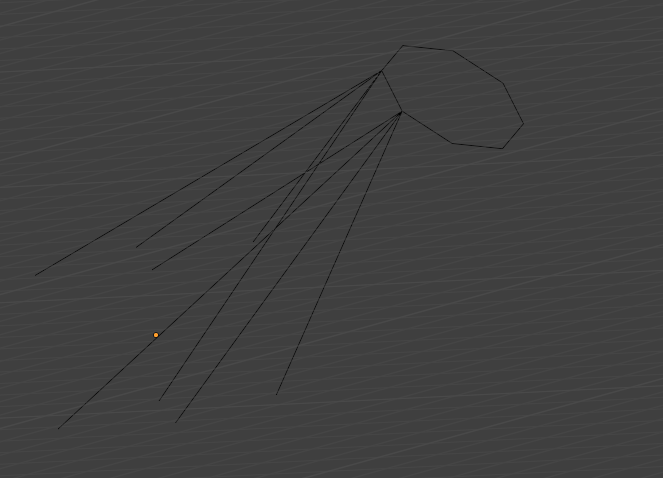Using geometry nodes, can I create curves between all vertices of two objects?
I'm hoping to produce the following result, where you can see all three vertices of each object are connected resulting in a total of 9 curves.
So far, I've only been able to connect to the nearest index of the other object, shown here: 
produced by this node tree:
Thanks!












